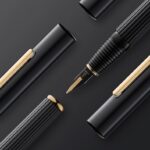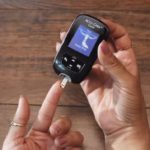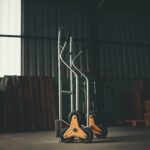It’s estimated that around 50. 000 people suffer from a stroke on yearly basis, and that about 500.000 Australians live with permanent effects of strokes. Strokes are also the number one cause of disability in the country, and they’re one of the main reasons why people that once could perform simple tasks now require a lot of effort and time. However, if you or someone you hold dear has suffered from a stroke, not all hope is lost. There’s plenty of stroke recovering equipment available today, specifically designed to make the lives of people who have suffered a stroke significantly easier and more convenient.
With the help of stroke equipment, stroke patients can adjust their daily life to fit their abilities. The fact that we’ve become much more aware of the effects strokes have on people has resulted in many physicians and health specialists designing a wide array of stroke equipment. These tools and devices can assist patients in performing basic tasks regarding mobility, grooming, feeding, toileting and dressing. The level and type of disability, as well as the shape of the living environment, determine which devices and pieces of equipment the patient will need. Typically, stroke aids are separated in the following categories.
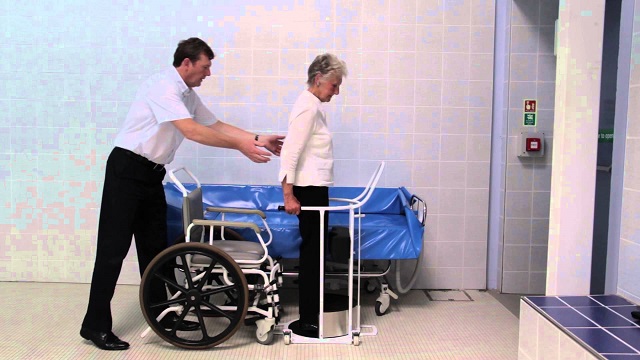
Mobility Aid Equipment
Patients who have mild or moderate impairment, and can move their legs and arms but have a hard time balancing and get tired quickly, need to use aids for walking. The most affordable and common solution are walking canes. However, certain problems can arise from leaning too much on a cane, so rolling walkers are a great alternative as well. On the other hand, patients who have more severe mobility issues can utilise a scooter or an electrical wheelchair. These products are quite expensive, and due to the prolonged sitting, they’re specially designed to prevent sores and to reduce pressure while sitting.
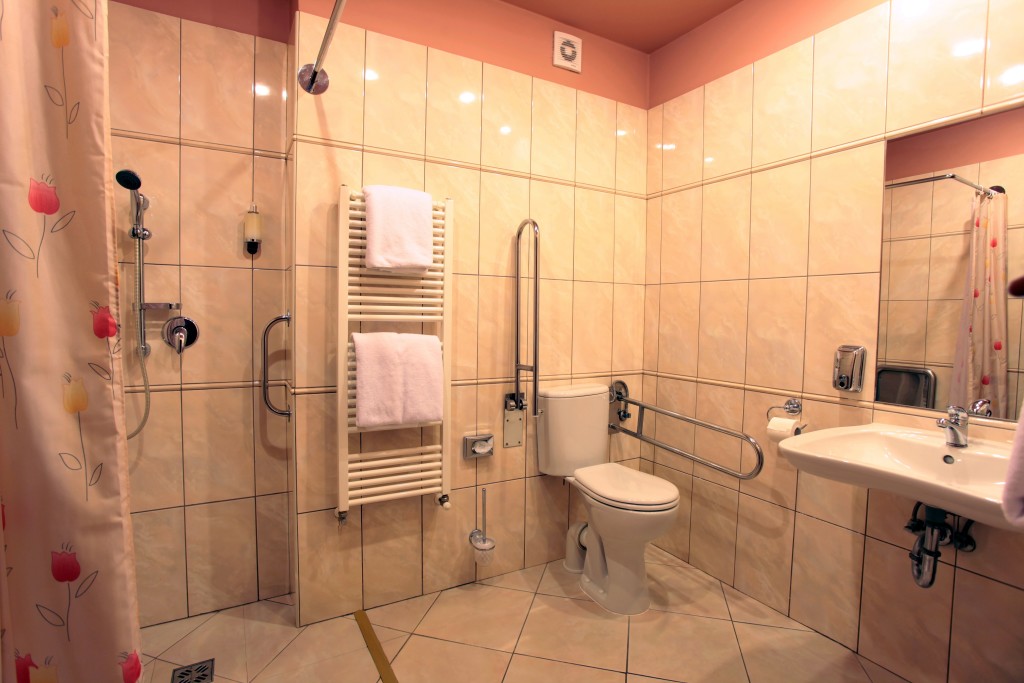
Bathroom Aids
Using the bathroom can be extremely complicated after suffering a stroke. Moreover, even the simplest tasks, like sitting and getting up from the toilet seat, can be dangerous. For that reason, wall, shower and toilet grips should be installed in order to help patients support their body weight with the help of their hands. Bathing can be made significantly easier and safer with a shower chair or tub bench. However, if the person is physically incapable of going to the bathroom, a commode can offer a lot of help in terms of convenience.
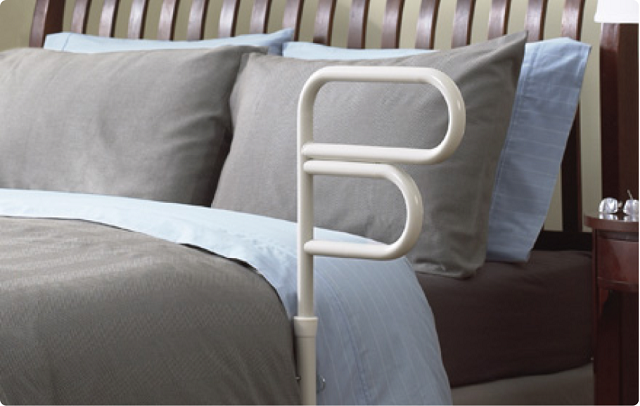
Bedroom Adjustments
People who have suffered a stroke spend a lot of time in bed resting. That being said, the bedroom can quickly become one of the most important rooms in the house. Stroke patients require a lot of sleep, and being in bed for 10 or more hours a day isn’t uncommon. For that reason, an ergonomic mattress is a must, and an adjustable bed is highly recommended.


